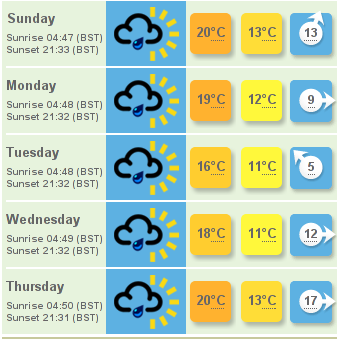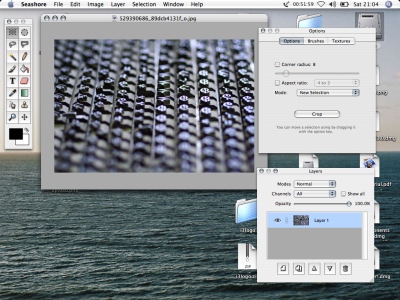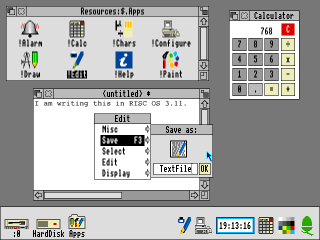Consistency
July 1st, 2007

Are there patterns to learning in Maths? Are these different in different subjects?
Patterns and pattern languages are used to think about writing computer software that works quickly. I’ve noticed that when students are learning (say) directed numbers in Maths, the adding and subtracting is learned fine, and then the rules for multiplying and dividing. Mixed problems can be sorted using varied examples. But then they have to solve problems with multiplying out brackets – application of the multiplying and then the adding rules on a single problem – and there is nearly always some relearning needed.
My pattern would be something like
A concrete example of what I’m on about is the Writer’s Circle patterns page on the c2 wiki – but that looks more like a lesson plan or set of rules. Conservation Economy Net has a nice looking mind map come pattern language for sustainable development.
Seashore is a graphics editor for Mac OS X. It is based on the Gnu Image Manipulation Program but runs native under the Aqua window manager on Mac OS X, it does not need X11 loaded.

Seashore provides a subset of the functions present in The Gimp, but the subset is well chosen for those of us composing images for use on Web pages and processing scanned material. The application comes with a brief but useful manual in PDF form. The program runs noticeably more quickly than The GIMP on my iBook. Installing the optional SVG importer allows me to draw masks and grids in Inkscape and import them as bitmaps with a choice of scale.
Perhaps an example of ‘just enough functions’ rather than ‘everything we can think of and 20 layers of menus’?
Just in case anyone wants to install a copy on their own computer. Most college networks will need admin rights to install this software.
“A family of immigrant workers from Kosovo living in Switzerland has installed a big computer screen in their living room, for example, and almost every morning they have breakfast with their grandmother back home, via a webcam. It is migrants, rather than geeks, who have emerged as the “most aggressive†adopters of new communications tools, says Ms Broadbent. Dispersed families with strong ties and limited resources have taken to voice-over-internet services, IM and webcams, all of which are cheap or free. They also go online to get news or to download music from home. In the case of a Spanish family living in Switzerland, the daughter often does her homework with her aunt—but over a free Skype video-link, since the aunt lives in Spain.”
From Home Truths about Telecoms in the Economist, via Seb Schmoller’s mailing list. Now, why not doing some tutorials this way? We need to find some way of making Skype like systems available within FE Colleges for teachers to use with remote students.
“After all, most users don’t know or care whether their computer has a 65nm dual-core CPU or a tiny midget wizard squatting in their cases. All they care about is how it works and how quickly it does the tasks we most often ask it to do.”From Apple Mac Plus vs AMD Dual Core by Hal Licino. It is the beginning of what UK journalists call the ‘silly season’ where there isn’t much news so you have to make some up. Hal and his friends decided to compare a current production Dual Core Intel based computer running Windows XP and Vista with a 1980s Apple Mac Plus, and they based their comparison on everyday tasks that real people perform.
